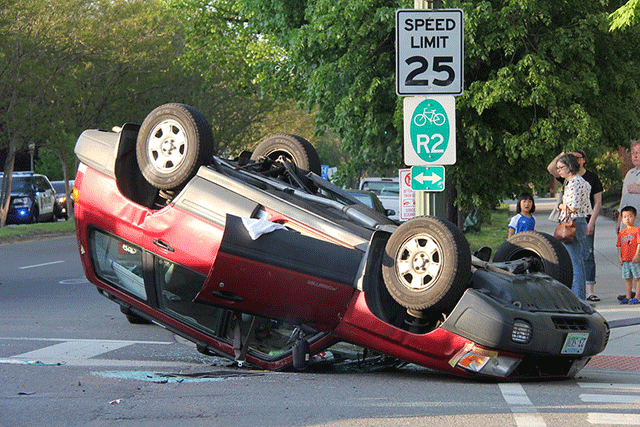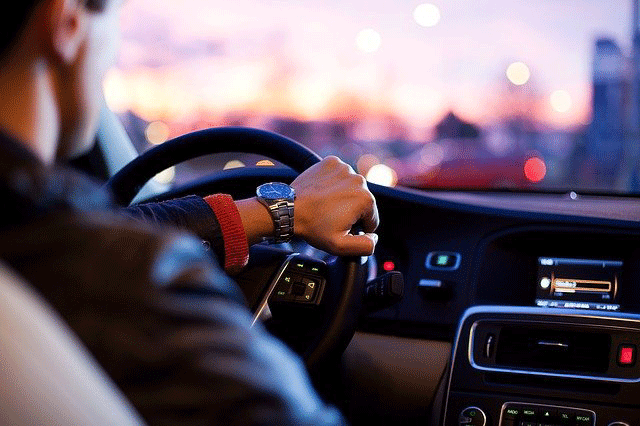
The CDC states that 2,800 people died in 2018 due to distracted driving and that 400,000 were injured. Furthermore, of those fatal crashes, 25 percent of the distracted drivers were young adults between the ages of 20 and 29. So clearly, it’s very important to drive distraction-free and with your full attention on the road. Being mindful of what causes distractions is an excellent place to start. Knowing and recognizing the three main types of distraction — visual, manual, and cognitive — you can recenter your focus and prevent an accident. Here are eight thoughtful tips for preventing distracted driving.
Table of Contents
1. Install a Phone Mount
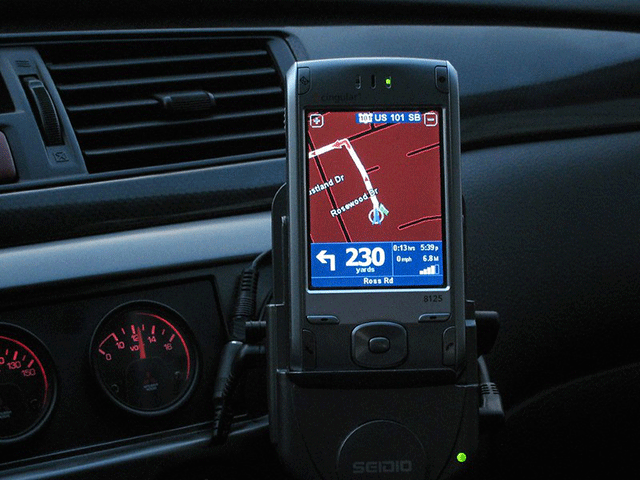
The number one reason for distraction in this modern age is, without a doubt, our phones. Even glimpsing a text can take your eyes off the road long enough to cause an accident. But while phones are such an integral part of our lives, it’s hard not to use them in the car, especially for GPS. However, driving hands-free is the very least you can do. By installing a phone mount, you can find and set your route before heading off, seeing your next steps while still keeping your eyes on the road ahead. Use it for hands-free navigation, but wait until you arrive at your destination to reply to that text message.
2. Use a Dash Cam
While it’s important to scan the road ahead for oncoming obstacles, you don’t want to be so distracted looking off that you miss a turn or cause an accident. If you find that you get easily distracted by your daily drive, get yourself a dash cam. A dashboard camera offers lots of benefits, but it can capture the road ahead, allowing you to go back and view what you saw.
Furthermore, a dash cam is a great car accessory to put inside a vehicle for teen drivers. Many dash cams have ways of tracking the car’s location and alerting parents when a car is misused or going over a speed limit. In addition, with a dash cam, parents can monitor new drivers and teach them the rules of the road.
3. Organize Loose Items
Be sure to organize any loose items that might otherwise be distracting. For example, loose water bottles rolling around on the floorboard might be annoying to hear. However, you don’t want to feel tempted to reach for them while driving. Instead, make sure to place them in a cup holder. Maybe it’s not water bottles, but we all have certain items that tend to make their way to the floors or center console. Instead of having them tumble out every time you take a sharp turn, organize them inside the glovebox or a bin in the backseat or trunk.
4. Tweak Car Accessories Ahead of Time
Before you begin driving, make adjustments to your vehicle systems. As a new teenage driver, we are taught to adjust the rearview and side mirrors, but it’s mostly because we borrowed our parents’ car and needed to. However, this habit should never go away. Your mirrors, seats, and more should always be adjusted first. The same goes for other systems like the GPS or phone. Be sure to check traffic and decide on a route before you get on the road.
5. Finish Grooming or Dressing at Home
We’ve almost all done this. You’re running late for work and instead of taking the time to put on a tie or finish your makeup, you decide to finish getting ready in the car. Sure, you might take the opportunity to do so at a red light or while stuck in traffic, but in general, this is a bad habit to get into. So instead, finish the job before you leave home or, at least, wait until you arrive at work to use the car mirrors.
6. Avoid Eating in the Car
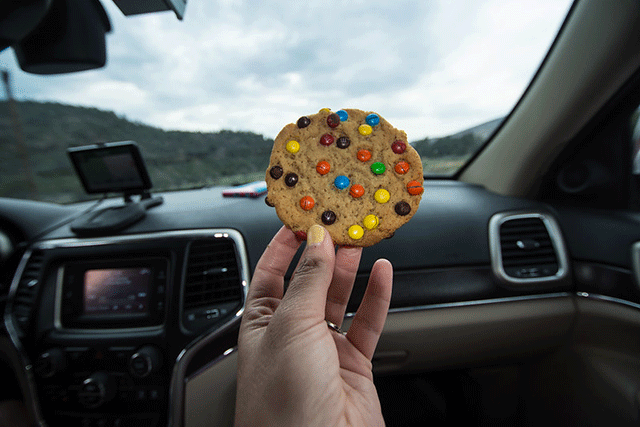
Avoid eating in the car, if you can. While this seems a little extreme, it does prevent distracted driving. However, if you insist on eating in your vehicle because you have kids or just love to take road trips, at least choose meals or snacks that are easy to manage. For example, trying to eat a big sloppy burger will make a mess, possibly dripping ketchup that you try to clean up as you drive. This can cause an accident or worse. If you want to eat, make sure they are bite-size snacks that remain relatively intact and don’t crumble or melt.
Eating in the car creates a mess anyway. From greasy steering wheels to spilt milk-based coffees on perforated seats, it can leave a mess or smell that you will have to contend with later.
7. Keep Children and Pets Secure
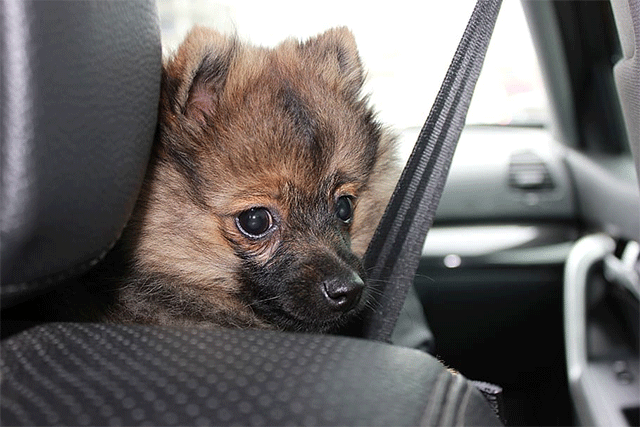
Keep small children and pets secure while you are driving. Before you get underway, make sure they are fastened into their car seats properly and are comfortable. If they require attention for whatever reason mid-drive — crying because they dropped something or are hungry — pull over and take care of the situation. Never reach back while driving, as you could lose control of the vehicle.
Be sure to secure your pets, too! Keep them in a kennel or a travel carrier that prevents them from hopping around as they get excited, scared, or curious. Not to mention, airbags are designed for people, not pets. If you do have an accident, even a slight fender bender, your pet can be seriously injured. Ultimately, treat them the same as a child and secure them in a large carrier strapped to the seat with a seatbelt.
8. Have Passengers Help
If you have passengers, ask them for help. Whether you need them to help navigate the highways, watch for deer at night or simply keep the music streaming is entirely up to you and the kind of trip you’re taking. But an extra pair of hands or eyes is always a good thing on the road.
Hopefully, these tips can prevent distracted driving the next time you take a road trip or drive to work in rush hour. Generally speaking, anything that takes your full attention away from the road — texts from your phone, crying kids, or spilled milkshakes — is a distraction. So put your phone away if it helps avoid temptation and give the kids a tablet to entertain them and keep their content. While it’s near impossible to have no distractions, limiting them can help you focus and make you a better, safer driver.

